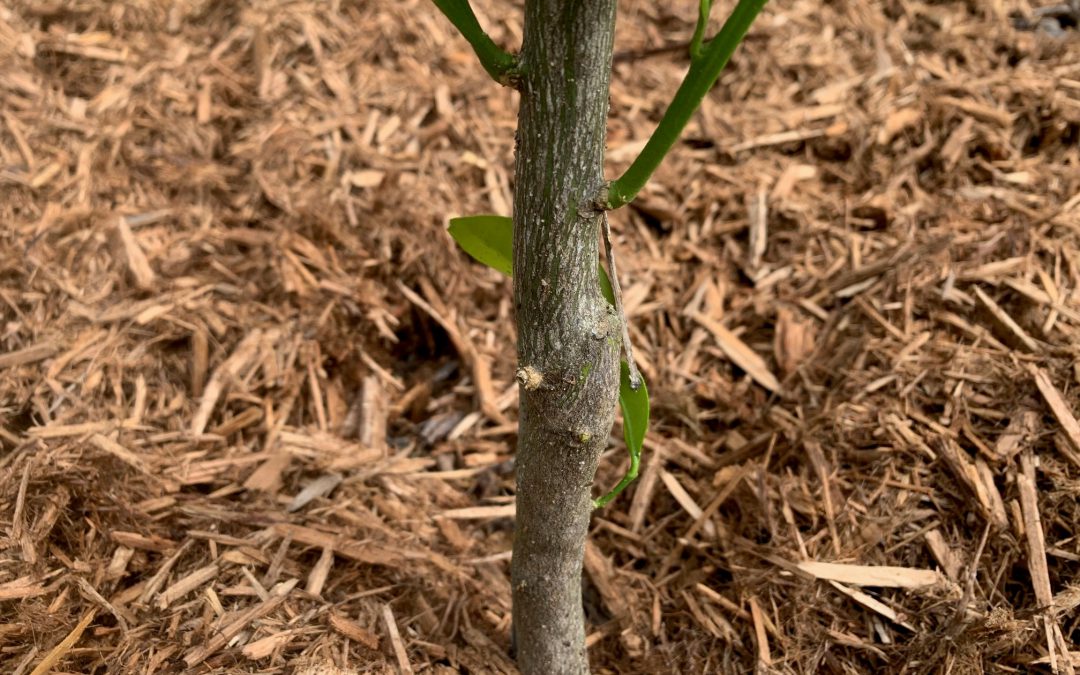
Video: Citrus Recovery and Pruning
Some citrus is recovering from our December 2022 hard freeze and pruning will be needed. Learn to identify your tree’s graft and how to prune away any rootstock material with UF IFAS Extension Escambia County.

Some citrus is recovering from our December 2022 hard freeze and pruning will be needed. Learn to identify your tree’s graft and how to prune away any rootstock material with UF IFAS Extension Escambia County.
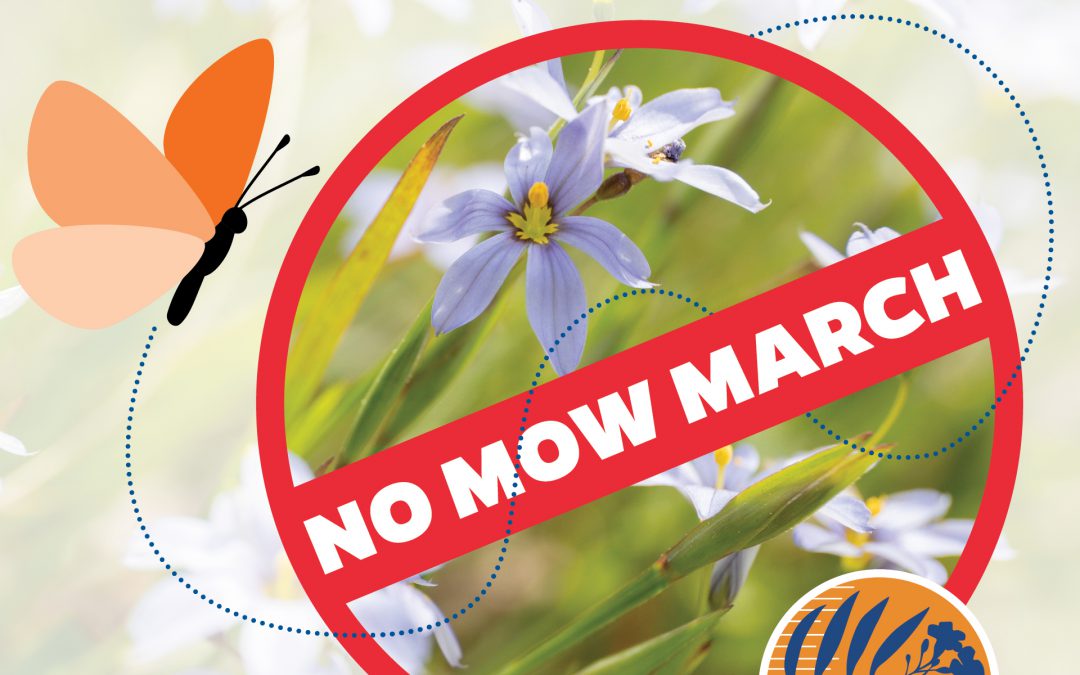
An activity during our No Mow March campaign was for participants to document flowers and pollinators from their landscapes. This activity was available through an INaturalist group specific to No Mow March. Although we only had 13 participants, they made 85 observations representing 50 species of plants and insects.
The photo that was selected as the favorite is the Clasping Venus’s Looking Glass, Triodanis perfoliate, by Martha W. This was around the Tallahassee, FL area. Martha received an electric edger, battery, and charger.
We hope to have more participants in our photo collection next year as we observe the plants and pollinators visiting our landscapes when we don’t mow.
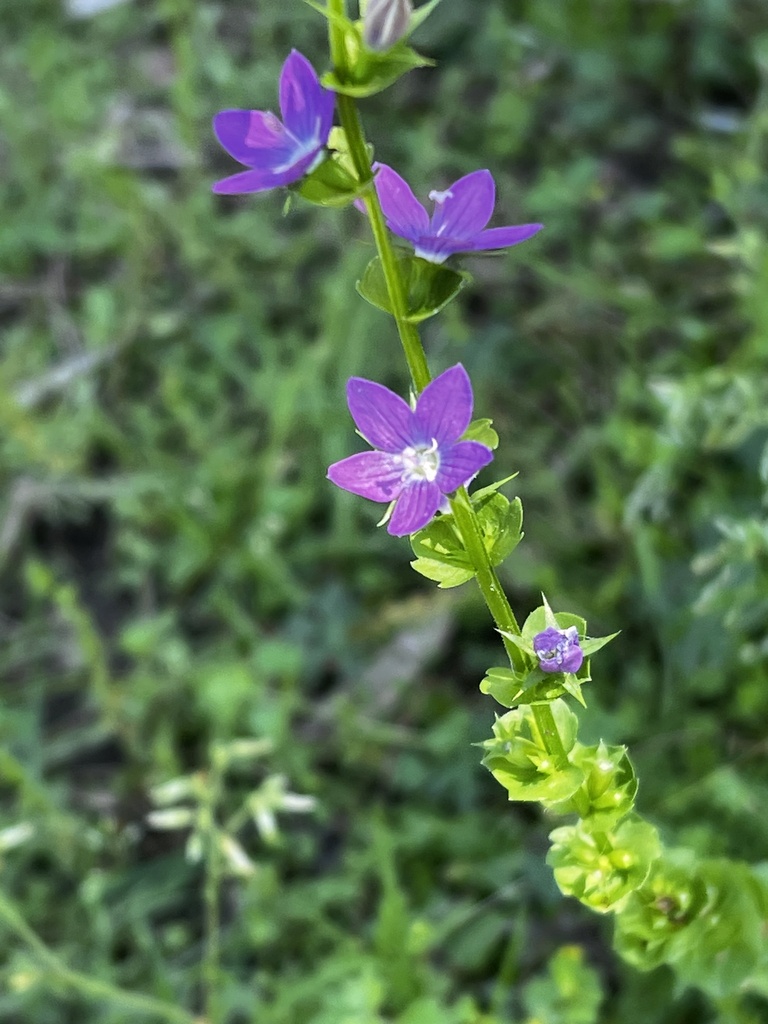
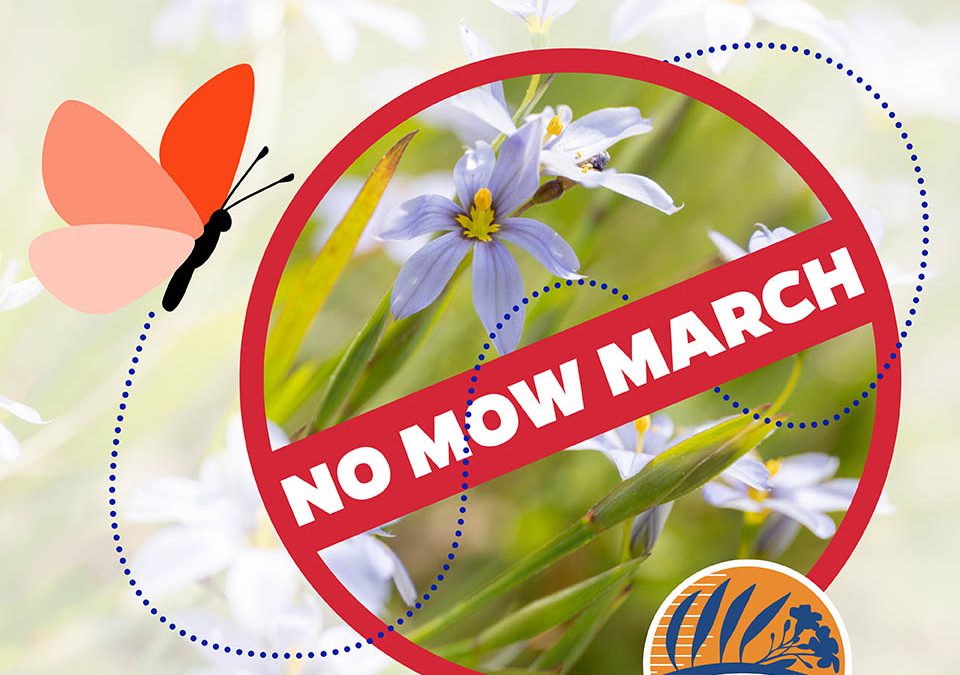
Need an excuse to not mow your lawn this month? UF/IFAS Extension agents in the Florida Panhandle are asking residents to skip their soon-to-be-weekly outdoor chore until the calendar flips to April.
The idea for “No Mow March” is borrowed from “No Mow May,” a concept begun in the United Kingdom that has now spread to northern parts of the United States.
“Obviously, our lawns are growing way too quickly by the time May rolls around,” said Beth Bolles, UF/IFAS Escambia County horticulture agent who is leading the pilot effort this year. “Here in North Florida, March is our transition period, when grass is exiting dormancy. But it’s also when pollinators are starting to become more active, so it’s the perfect time to celebrate them and promote their health and habitat.”
Bolles is quick to point out, though, that the month is about more than just turf.
“We recognize that some communities have rules to follow regarding their lawns,” she said. “There are other things you can do to encourage pollinators to visit, whether it’s container plants or adding new shrubs or pollinator houses. We encourage everyone to find their own way to participate.”
The first step in participating is to sign the pledge at go.ufl.edu/NoMowMarch. Visitors can also use the website to find virtual or in-person events geared to the topic, learn tips for adhering to homeowners association guidelines while still promoting pollinators, and record observations to a No Mow group on iNaturalist.
Follow the Gardening in the Panhandle Facebook page to stay in the know throughout No Mow March.
—Kirsten Romaguera, UF/IFAS public relations specialist,
O: 352-294-3313, C: 936-689-2754, kromaguera@ufl.edu
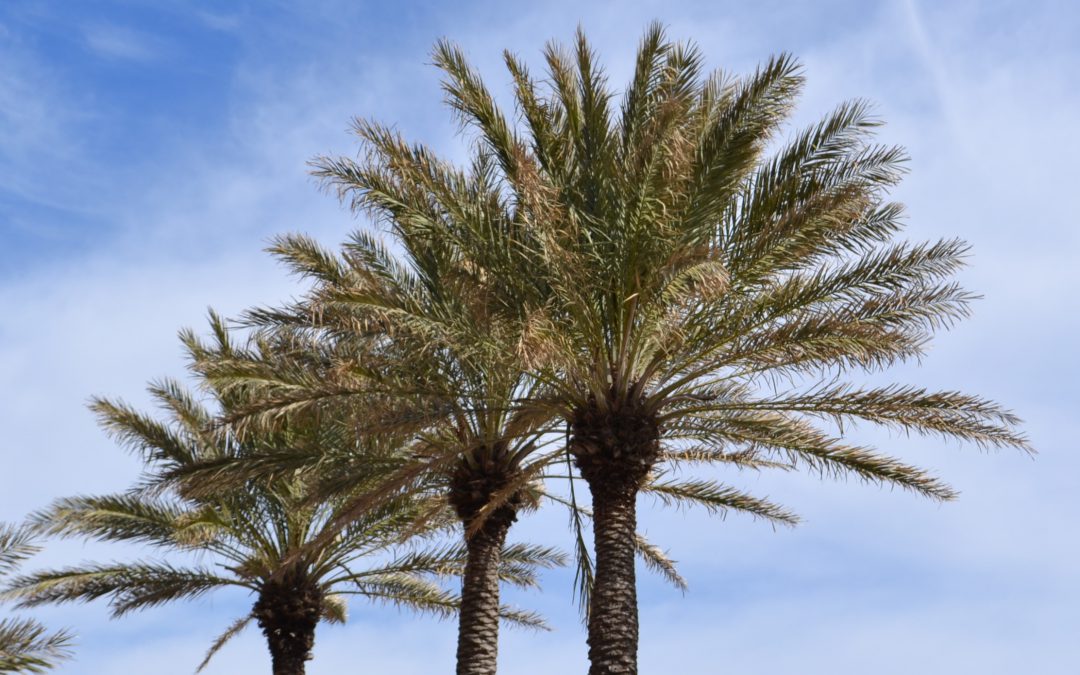
Palms in North Florida suffered serious damage as a result of freezing weather in December 2022. As spring approaches, we will be looking to see if the palms will recover. Learn what to do now and what to expect from your palms with UF IFAS Extension Escambia County.
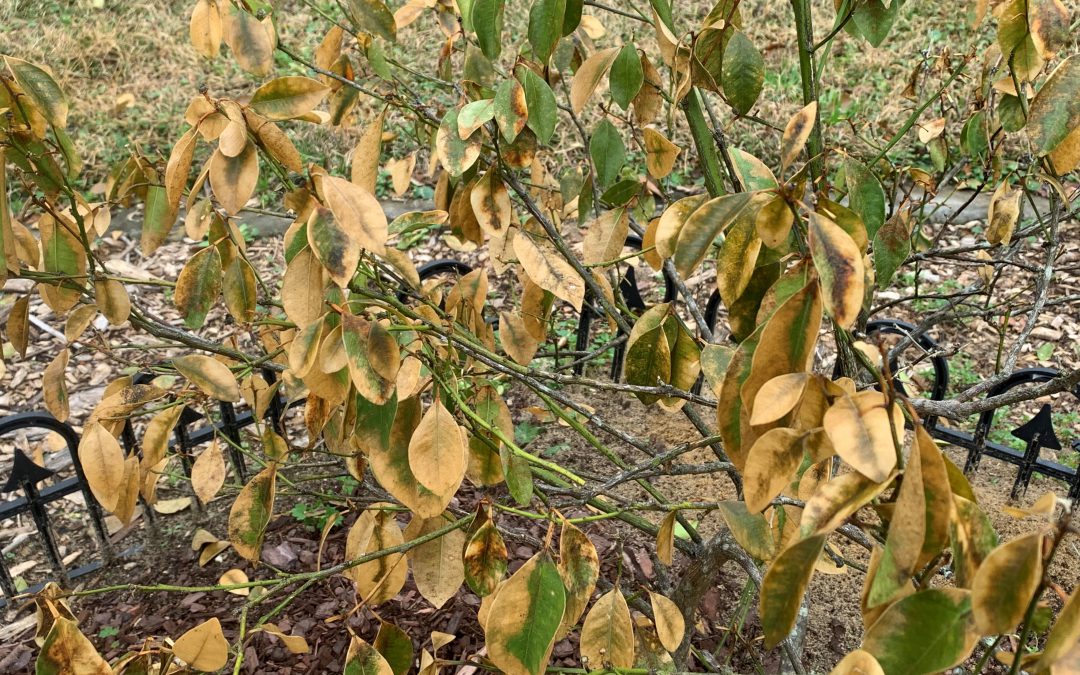
Temperatures in December 2022 were very damaging to many citrus in North Florida. It is necessary to give plants plenty of time into spring and summer to see if they will regrow and where that growth will occur. Learn how to care for your citrus that is suffering from cold temperature damage with Beth Bolles, UF IFAS Extension Escambia County.